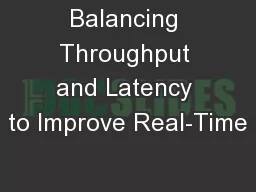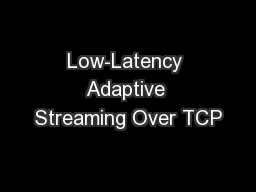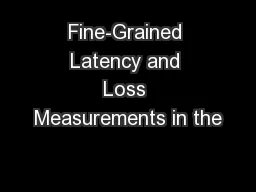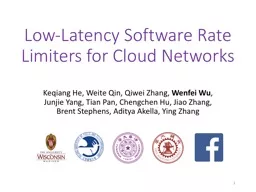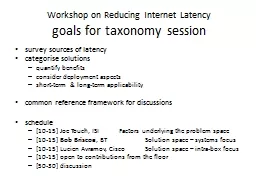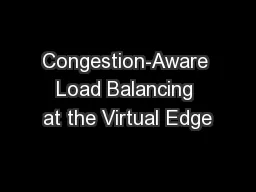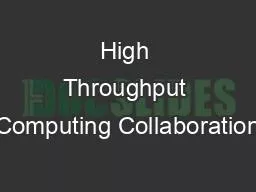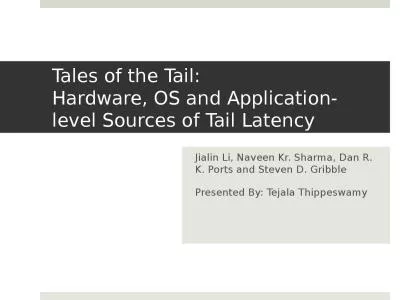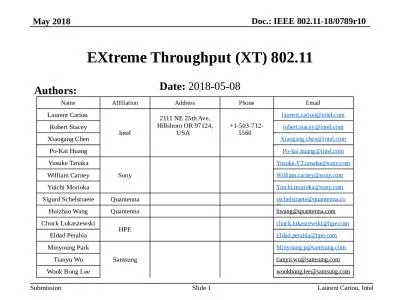PPT-Balancing Throughput and Latency to Improve Real-Time
Author : min-jolicoeur | Published Date : 2018-03-07
IO Service in Commodity Systems Mark Stanovich 1 Outline Motivation and Problem Approach Research Directions Multiple worstcase service times Preemption coalescing
Presentation Embed Code
Download Presentation
Download Presentation The PPT/PDF document "Balancing Throughput and Latency to Impr..." is the property of its rightful owner. Permission is granted to download and print the materials on this website for personal, non-commercial use only, and to display it on your personal computer provided you do not modify the materials and that you retain all copyright notices contained in the materials. By downloading content from our website, you accept the terms of this agreement.
Balancing Throughput and Latency to Improve Real-Time: Transcript
Download Rules Of Document
"Balancing Throughput and Latency to Improve Real-Time"The content belongs to its owner. You may download and print it for personal use, without modification, and keep all copyright notices. By downloading, you agree to these terms.
Related Documents

